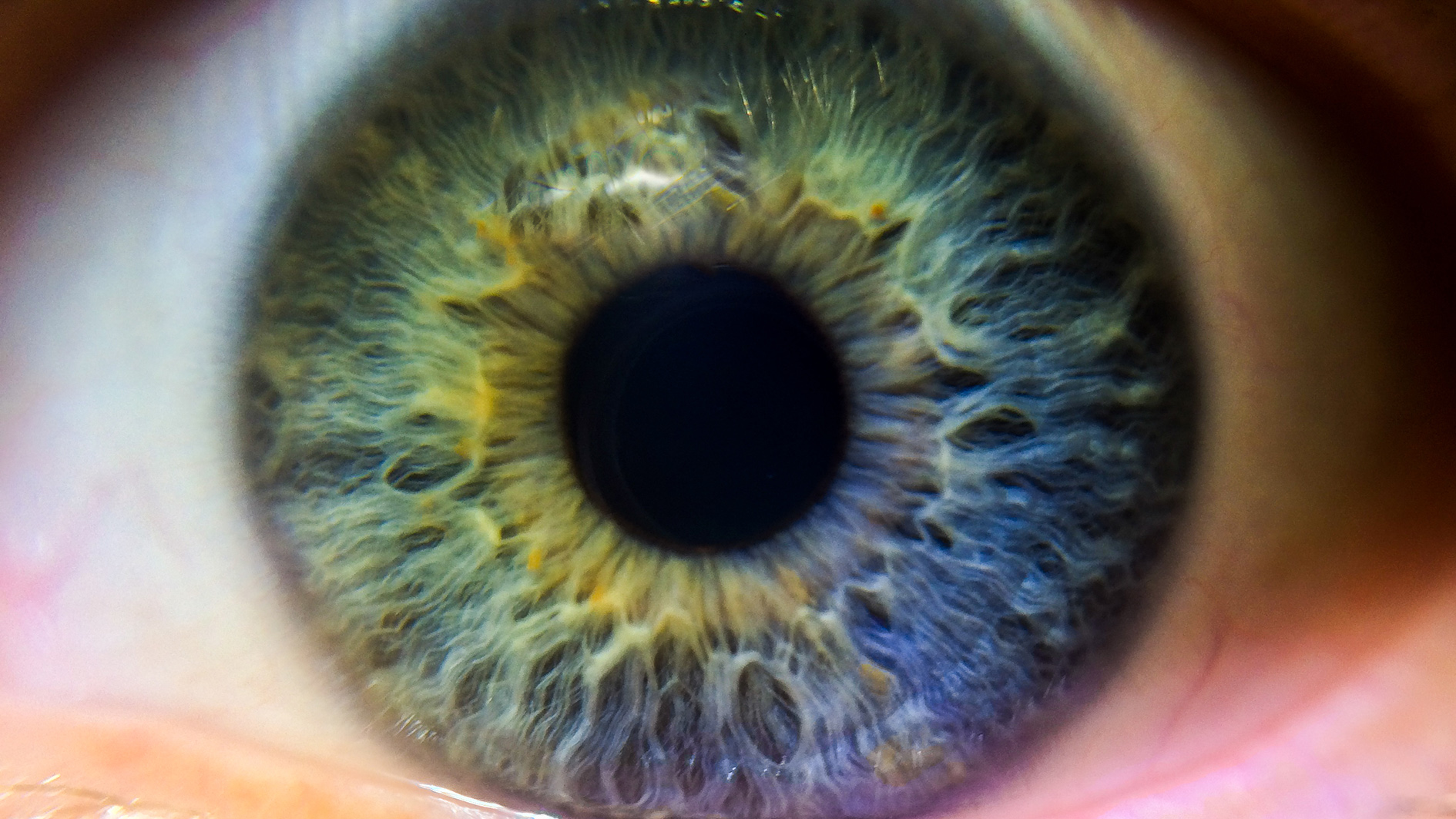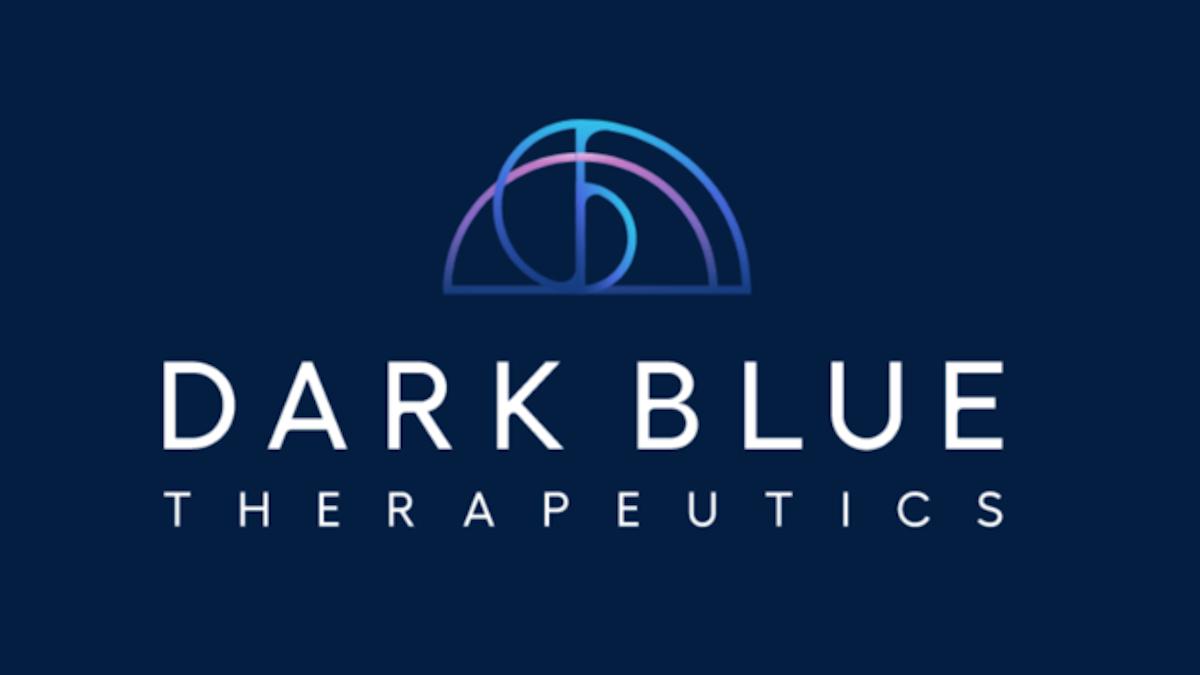Verily/Google use algorithm to detect diabetic eye disease

Verily and Google have developed a machine learning algorithm that can automatically detect diabetes-related eye disease, which could be used to take pressure off services in countries where the condition is becoming more common.
The companies, which are both from Alphabet’s stable of tech firms, have been using the technology to screen for diabetic retinopathy and diabetic macular oedema.
Verily said in a blog post on its website that these are two of the leading causes of preventable blindness in adults, adding that the companies have been working on the technology for the last three years.
A global clinical research programme has a particular focus on India, where studies at Aravind Eye Hospital and Sankara Nethralaya showed the algorithm performed on par with general ophthalmologists and retinal specialists when assessing the images.
This has now led to the first clinical use of the algorithm, which has a CE mark in the EU, through Verily and Google’s retinal diagnostic tech at Aravind Eye Hospital this year.
Trained technicians take one image per eye and the algorithm assesses the image for the two diseases.
Results offer quick feedback so technicians can immediately decide whether patients should be referred to an eye care physician.
The aim is to reduce the number of people who are seen without screening or who turn out to be in the clear.
Verily said the algorithm could be helpful in other areas of the world where there are not enough eye doctors to screen a growing population of people with diabetes.
A further study is under way in Thailand and Verily is also collaborating with Nikon and its subsidiary Optos to see if it can be used in other places and settings for diabetic eye disease.
This shows the growing importance of machine learning and artificial intelligence in detecting illnesses from scans.
In late 2017 a study published in the Journal of the American Medical Association showed deep learning algorithms outperformed a panel of experts in a simulation where they are asked to diagnose breast cancer based on stained tissue samples.
And last year the UK’s life sciences tsar Sir John Bell said that AI could save the NHS billions of pounds by reading pathology scans and detecting diseases earlier.












